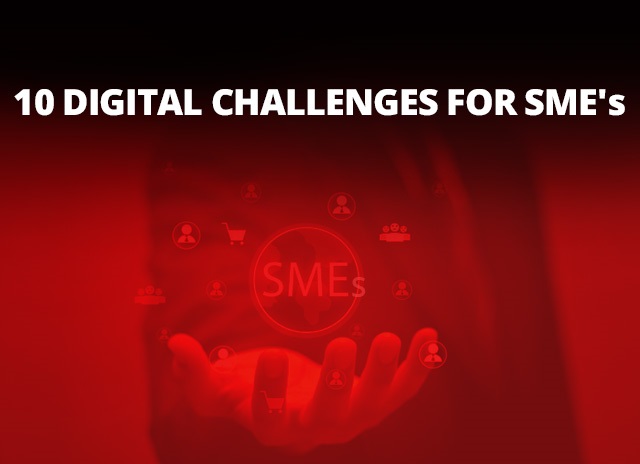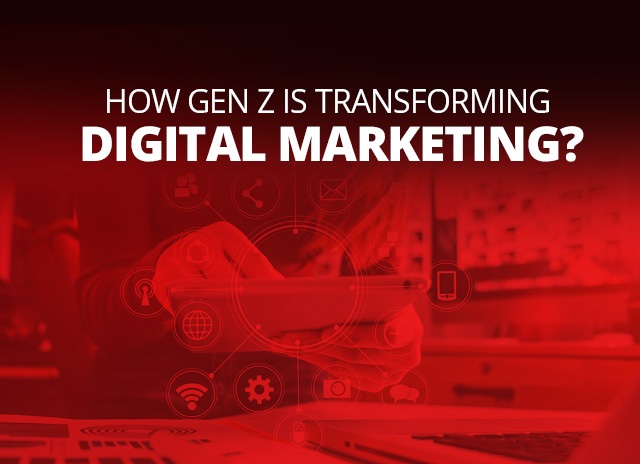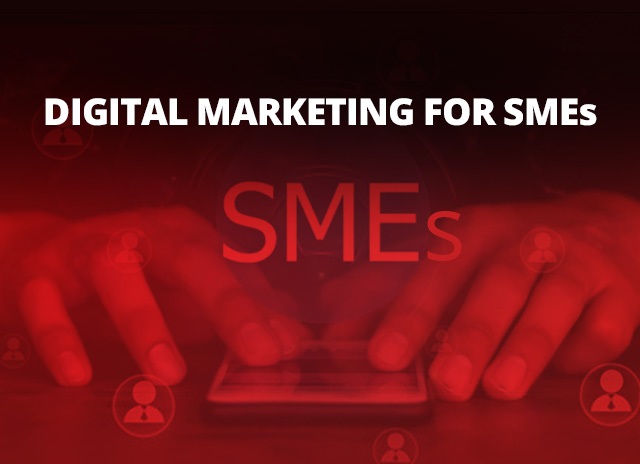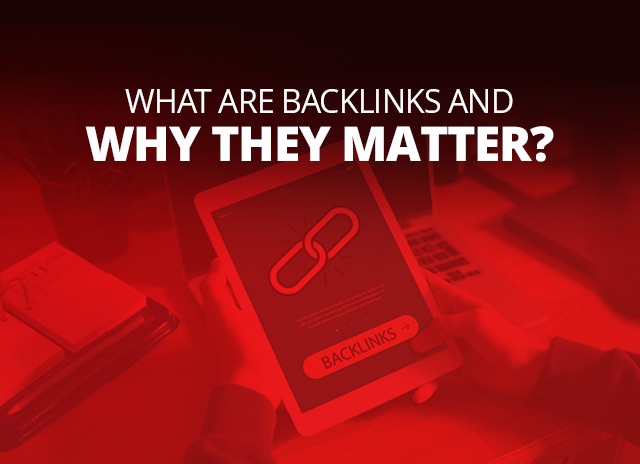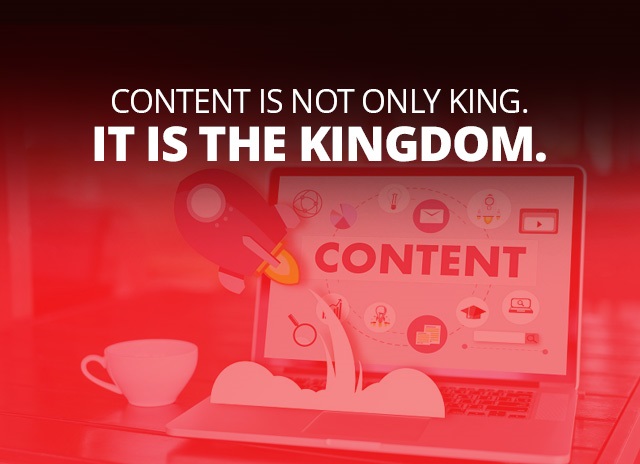The Customer Should Be At The Centre Of Your Digital Transformation Journey
Digital transformation is the application of digital technologies into all aspects of an organisation, radically transforming how you work and providing consumers with value. It is also a cultural transition that allows firms to question the power structure on an ongoing basis, to evolve, and to be comfortable with uncertainty. For all industries, including medium to large, digital transformation is essential. From just about any briefing, panel discussion, post, or study related to how companies can stay innovative and important as the world is becoming increasingly digital, that message is coming through crystal clear.
Since digital transformation for every business may look completely different, a concept that corresponds to all can still be difficult to define. In simple terms, digital transformation is characterized as the incorporation of digital technologies through all areas of a company, leading to radical changes in how companies function and also how they deliver products and services.
Companies are forced by digital transformation to make a transition and adapt to a new consumer environment. What is fascinating about all this is – it is not the corporations that are pushing this transformation. Instead, the consumer is driving this move. With regards to what they’re doing at every moment, wherever and in the layout as well as on the computer of their choice, consumers today demand valuable content. Your approach is determined by their path. And to keep pace with this different sort of “always-connected” consumer, to offer an exceptional customer experience, the company must embrace the future. Fortunately, it is still at the heart of many organisations to put the client first.
Unfortunately, initiatives at digital transformation in industries around the world frequently do not place consumers at the forefront of their efforts. Instead, to minimize costs, emerging technologies are being used to build operating efficiencies. Although that’s essential, exasperated consumers dealing with poorly crafted interactions and inaccurate and unconvincing digital platforms with the brand too frequently pay for this narrow focus.
Businesses around the world are making major investments in digital transformation activities. International Data Corp., a technology analyst, estimates that these expenses would rise to more than $2.1 trillion by 2021. This rapid popularity of digital technology, paired with the decreasing cost of storage and computing capacity, has placed most innovations in the possession of virtually any enterprise, regardless of their size, particularly automation and computational intelligence. Thus, it won’t have a market edge just to get the latest technology.
Firstly, it isn’t centralized to digital transformation. Digital transformation has four types: business process, business model, domain, and culture. We also see businesses concentrating exclusively on the improvement of systems or organisations. Failure to overcome all four forms leaves substantial value on the table.
Second, digital transformation’s cross nature ensures that implementation has to be a team sport. It comprises not just the Chief Information Officer (CIO) or Chief Digital Officer (CDO), but also the governance of the Strategy and Business Unit and therefore should be generally advocated by the CEO.
Third, many organizations wrongly conclude that societal shift should start with digital transformation.
Consumer habits have been influenced by digital technologies. Mobile devices, software, artificial intelligence, automation and so much more allow clients to get exactly what they’re doing at the moment they need it.
Also, these emerging digital innovations have caused consumer preferences to adjust, leading to a new category of modern buyers. Customers also score companies on their digital customer experience first because of the possibilities that come from using new technology. Digital needs you to reconsider how you communicate with your clients.
For B2B advertising agencies, digital-first means substituting social marketing with cold calling. On social networking sites, your clients are already involved and this is where you need to be. You would need to step it out to them, establish a relationship, and help guide them, rather than hoping for the client to approach you. By sharing quality information and your experience as part of the answer to their question.
For marketing departments, Digital reduces investment in offline marketing events, such as direct mail, billboards, and TV advertisements. Your clients want and expect highly targeted communications, which can only be done by data-driven marketing campaigns. Today, to incorporate search engine marketing, account-based marketing, and e-mail marketing tactics, you have to use digital platforms.
For customer service representatives, preparing for the phone to ring is no longer exclusive to anyone. First, digital isn’t all about being sensitive. It’s about being strategic in the direction you support your clients, who are searching for assistance using a wide variety of platforms. Social networking, review pages, forums, and groups are all now part of the environment of customer care.
Digital transformation creates the opportunity for companies to engage modern customers and exceed their needs of a seamless customer perception irrespective of channel or place.
For a deep dive on how to amplify the Customer Experience by offering a transformational Digital Experience, register to attend the webinar being hosted by ONLY webinars on 10 February 2021.


